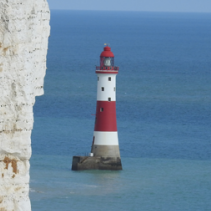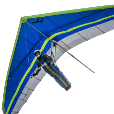I really think you should confine yourself to denigrating my thoughts until AFTER you have tried drawing it.
I have many years experience in using unequal scaling mapping. Both Northing and Easting gridlines shown, and yet unequal. I believe the early photo-copiers were not very particular in preserving equal x and y scaling.
In this instance, I have NOT relied on scaling, rather I am using the parallelity of lines where the unequal x/y scaling has equal effects at both ends of the lines.
I took a copy of the posted image, drew a line along the centre line and copied that line to the appropriate place, which to my eye showed the 12 dimension, whilst being a valid dimension, was not an appropriate dimension to constructing the shape.
I would welcome your comments after you have tried drawing my method. I have been using "old school construction" for 60 years.


